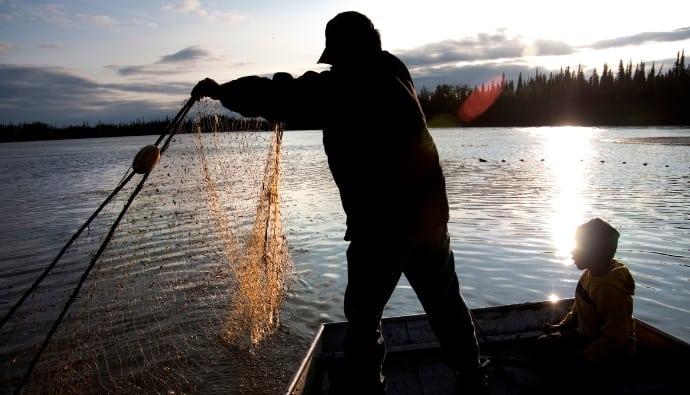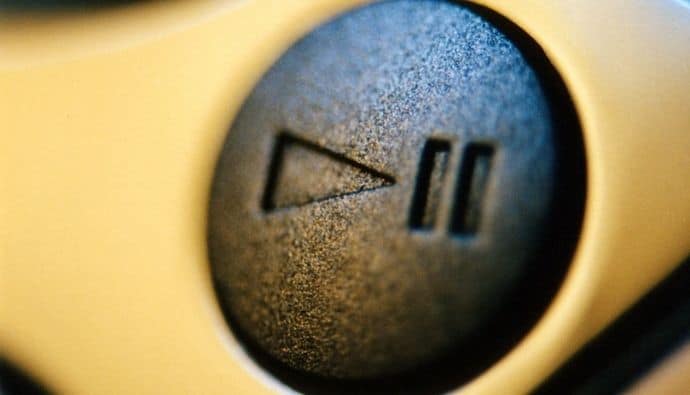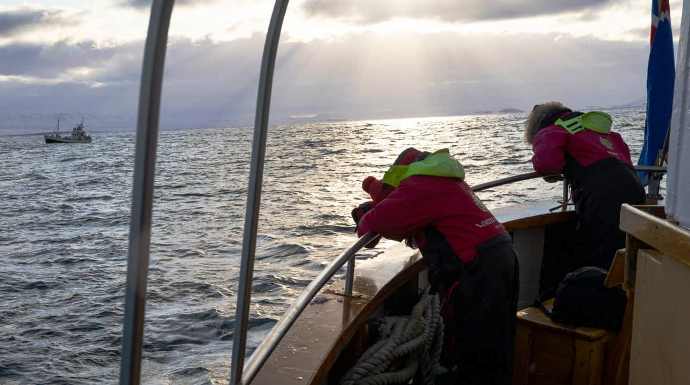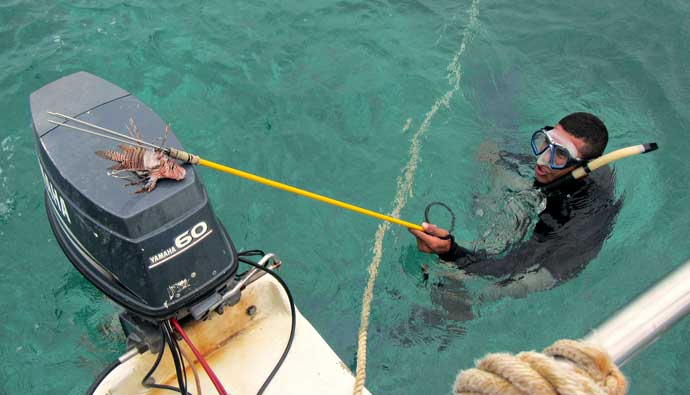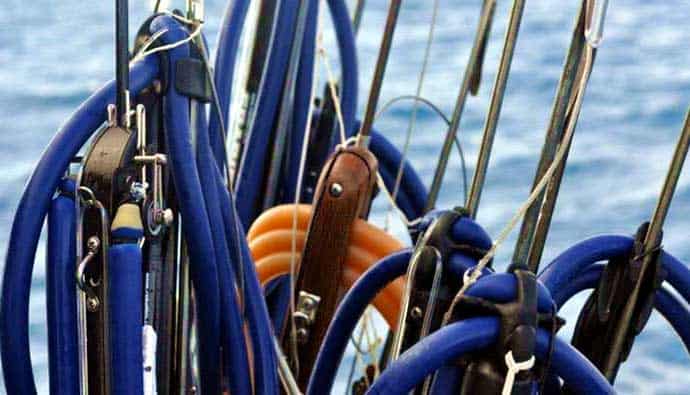Tide is a factor that affects professional and recreational activities on the ocean. This is why it is important to know how to read a tide chart if you are a fisherman, angler, mariner, or coastal hiker.
Knowing what tide heights to expect will help you to plan your trip properly in order to ensure a safe and successful outing.
As such, reading the tide chart will ensure that you choose the best time to go beach combing for shells, looking at tide pools, anchoring your boats, digging for clams, as well as on fishing trips.
In this article, we will discuss all that you need to know about tides and how to read a tide chart.
What Is a Tide Chart?
Before we explain what a tide chart is, it is important to break down what tides are, as well as what causes them.
In simple terms, tides can be referred to as daily changes in the water level of different bodies of water, including gulfs, bays, inlets, and oceans. In other words, tides refer to the rise and fall in water levels of water bodies that are connected to the ocean. Tide heights vary from day to day and from one location to another.
Most coastal areas experience two cycles per day, which means two low tides and two high tides every day. However, some areas, like the Gulf Coast, have only one tide cycle per day. The difference between a low tide and a high tide is referred to as the tidal range. The tidal range usually varies from one location to another.
The main factors that cause tide changes are the earth’s rotation, as well as the gravitational pull of the sun and moon. Other factors that affect tides include geography and weather.
There are four main classifications of tides which are low tide, high tide, rising tide, and falling tide. A low tide is the lowest water level in a water body. A high tide is the highest water level in a water body.
A rising tide refers to a situation when the water level in a water body is going up. A falling tide refers to a situation when the water level in a water body is going down.
Tides affect activities that depend on the ocean. For example, tidal heights affect fish behavior. This means that you have to make your fishing trip during a period when the tides can aid productivity. This brings us to the importance of tide charts.
A tide chart is also known as a tide table, and it refers to a document that shows daily predictions of low and high tides in an area. A tide chart comes in tabular form and also contains the tidal height to expect. The activity that you plan to engage in, determines the type of tide to look out for on the chart.
We have discussed more on how to read a tide chart below.
How to Read a Tide Chart
Without having knowledge of what to look out for, a tide chart is just another sheet of paper in your hands. The tide chart comes as tables and also in graph form.
In this section, we have explained how to read a tide chart in simple steps.
Find a Tide Table
Finding a tide table is the first and most important thing to do. You want to get a tide chart that is specific to the location that you are visiting. This is because fishing sites, beaches, and harbors that are within the same area, might have different tides.
The best place to get a tide chart is in your local newspapers. The local newspapers always have tide charts close to the weather information. You can also find tide charts on the internet, as reference stations compile tide information.
In addition, you can check the marinas, as they typically have tide charts for their area.
Find the Specific Date
Locating the specific date is key to reading a tide chart right. Oftentimes than not, tidal information is usually printed a week in advance.
This means that you need to find the specific date on the chart in order to make the right plans. If you plan to go fishing in three days’ time, check for the tidal information that applies to that day.
The reason why using specific dates is important is that high and low tide times differ from one day to another. The period of low tide today can come with high tide tomorrow.
Identify The Chart Datum
Chart datum refers to a reference point this is used to measure depth on nautical charts. It is the plane of reference on which tidal heights, both low and high tides, are measured. The chart datum is usually set very low, which means that most low tides are unlikely to fall below it.
Read High Tide Information
High tide tells how high above chart datum, the water will be at its greatest swell. The high tide is always indicated by a positive number. In some cases, this number comes with a plus sign (+).
For example, if the high tide for a particular day is 6, it means that the highest that the water level will reach that day is 6 feet. It is, however, important to note that some systems measure tide in meters and not feet.
Read Low Tide Information
Low tide indicates how close the water level will get to the chart datum, at its lowest ebb. Low tide is typically indicated by a small number and can be a negative number in some cases.
While it is not usually the case, the low tide falls below the chart datum sometimes. This is simply because the chart datum is an average and not the lowest water depth. When a low tide is a negative number, such as -2, it means that the lowest tide will be below the chart datum.
Read The Time
Knowing how to read the time correctly is an important skill for reading a tide chart. Most charts are always listed using military time, which is a 24-hour clock.
This might make it a bit tricky to differentiate between morning and evening tide times. As such, it is crucial to learn how to read a 24-hour clock.
Understand Swell Direction
Swell direction is an essential part of reading the tide chart. This is because swell direction helps you to understand where the waves will come from. It is important for surfers to know the swell direction for their safety. The wave height and wave interval are also essential information for surfers.
Best Tide Heights For Different Activities
The interval between the highest tide and the lowest ebb is usually 6 hours. Knowing what tide height works for you can help you make the most of your outing.
For boaters, a high tide can help you pass over obstacles like sand bars and reefs. For surfers, the best time to go out is mid-tide. During periods of mid-tide, low rocks are covered, and the waves are easy to navigate.
Fishermen will also find fishing in deeper water to be productive during periods of a falling tide. Low tide is the best time for beachcombing and looking at tide pools.
Frequently Asked Questions
In this section, we will answer some frequently asked questions about tide charts.
Tide measurements refer to the water levels that a water body is expected to reach in a day. There are two main types of tide measurements which are high and low tides.
The number “0” on a tide chart is the chart datum. This refers to the benchmark that is used to measure depth on nautical charts. Anytime that a low tide goes beyond the “0” benchmark and indicates a negative number, it means that the tide is extremely low.
High tide and low tide can be determined by reading the tide chart. High tide occurs when the water level rises as a result of the earth’s rotation and the gravitational pull of the moon and sun. Low tide occurs when the water level falls as a result of the earth’s rotation and the gravitational pull of the moon and sun. Tidal range refers to the difference between height tide and low tide.
Conclusion
Going out without checking the tidal chart can result in a successful outing, notwithstanding the water activity that you engage in. Using the tips above, you can gain a mastery of a tide chart and its application in no time. The readings from the tide charts will help you plan your trip to perfection.

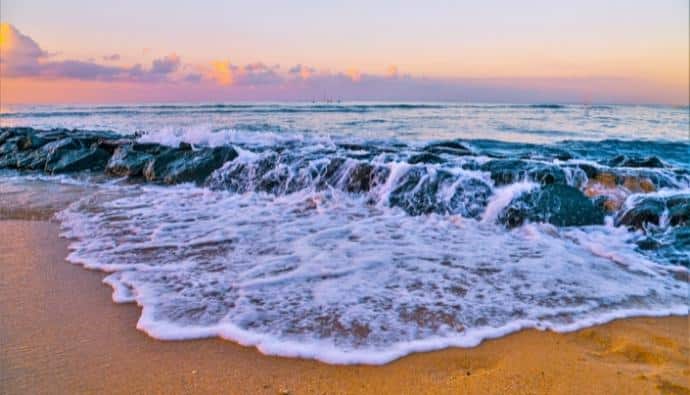


 Facebook
Facebook YouTube
YouTube